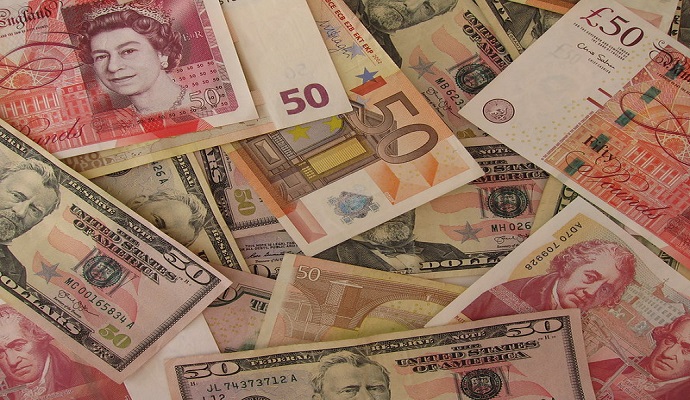
The forex market is widely considered to be the largest financial market in the world. It is estimated that over $5 trillion is traded on the forex market, 25 times more than the global equity market.
Forex trading terms can be challenging to understand when you are first starting. It is essentially a language all in itself.
Keep reading this guide to learn the basic forex terminology that will have you talking forex in no time.
What is Forex?
To better comprehend the common forex phrases, you must first understand what forex is.
Forex or foreign exchange is the process of exchanging one currency for another one. Having a market for currency exchange is essential for international trade. For example, if you wanted to buy wine from Italy, you would have to pay that merchant in euros, meaning you would have to exchange U.S dollars for euros.
Many investors trade the forex market on speculation. It is estimated that over 80 percent of all forex transactions can be credited to change rate speculation.
Basic Forex Terminology
If you are considering investing or trading on the forex market, here is some basic forex terminology you should know before you begin.
Currency
According to the United Nations, there are currently 180 currencies being used in 195 different countries around the globe. The United States Dollar (USD) is the most popular, attributing to about 85 percent of transactions on the forex market.
Currency Pair
When placing a trade on the forex market, you cannot buy and sell a single currency. It must be done in pairs. A currency pair is two currencies, the first is called the base currency, and the second is the counter currency.
For example, if you buy the USD/EUR currency pair, you are purchasing the U.S dollar and selling the Euro. This is typically done in speculation that the U.S dollar will increase in value when compared to the Euro.
When it comes to currency pairs, they are broken down into categories:
- Major Pairs
- Cross Pairs
- And Exotic Pairs
Forex major pairs consist of the U.S dollar (USD) either being the base or the counter currency, and the other being one of the other seven major worldwide currencies.
- The Euro (EUR)
- Japanese Yen (JOY)
- British Pound (GBP)
- Swiss Franc (CHF)
- Australian Dollar (AUD)
- Canadian Dollar (CAD)
- And New Zealand Dollar (NZD)
Cross pairs are between any two major currencies except for the USD. And exotics involve any currency outside of the major pairs.
If you are just starting your forex journey, it is recommended to stick with major pairs while you learn to reduce exposure.
Exchange Rate
The exchange rate is one of the most important terms when it comes to understanding forex trading.
The exchange rate is expressed as a value. When the exchange rate increases, it signals that the base currency is appreciating when compared to the counter currency.
For example, the USD/EUR exchange rate is 0.91, meaning it costs $0.91 to buy one USD.
Pip
When it comes to forex trading, a pip stands for “percentage in point.” It is a small unit of measurement for the exchange rate movement. One pip is equivalent to 0.0001.
Many forex traders use pip to explain gains and losses.
Some currency exchanges will display the fifth decimal place, called a fractional pip, to show precise prices.
Bid/Ask
The asking price or the offer price is the price that you can buy the base currency for.
And the bid price is the price you can sell the currency pair for.
Spread
When referring to the spread, it means the difference in terms of the asking price and the bid price expressed in pips.
There are two different types of spreads
- Fixed Spreads
- Variable Spreads
A fixed spread is when the pips in between the ask and bid are established and not susceptible to change. Compared to a variable spread where the pips can vary based on the market.

Margin
Margin, when it comes to forex trading, is the minimum amount of money you need to open positions and maintain your current positions.
In forex trading, when you purchase a currency, most of the time, you will not be purchasing the full amount. Instead, you will be trading on margin or borrowed money from the broker that is used to increase the size of your position.
The borrowed money will help you when the exchange rate increases and will hurt your account of the exchange rate goes down. The amount that you initially deposit will be held as collateral for the borrowed money you are using.
Leverage
When using borrowed money from the broker, you are “leveraging” your position to trade larger amounts in the hopes of more substantial returns.
If you are not careful, leverage can also be detrimental to your account. If the exchange rate goes down and you are speculating it will go up, the losses will be deducted from your account, and you will have to maintain a positive balance to avoid owing money to your broker.
To avoid owing money to your broker, it is a smart idea when first starting to go with a broker that offers no negative balance protection. With no negative balance protection, you won’t have to worry about your losses exceeding your margin because when it reaches that threshold, your broker will close your positions.
Support/ Resistance
Using support and resistance is one of the most basic and most essential tools in deciding a price to purchase or sell the currency.
The support level is the level in which many traders will place buy orders, speculating the price will go up from that level.
The resistance level is when traders will place sell orders, or get out of their position because they think the price will fall from that level.
One of the most basic phrases to learn with any type of investing is “Buy low, sell high.” In other words, purchase near support and sell near resistance.
Talking Forex Final Thoughts
Now that you have a basic understanding of common forex phrases, you are just about ready to start forex trading for yourself. Remember, when talking forex, it is vital to keep in mind there are opportunities in the forex market, but it doesn’t come without its risks.
For more investing tips and advice, check out the rest of our website!


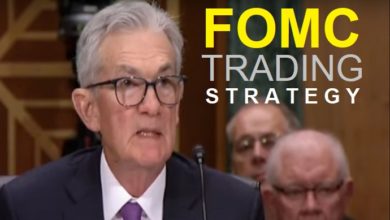
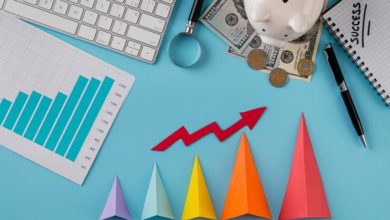

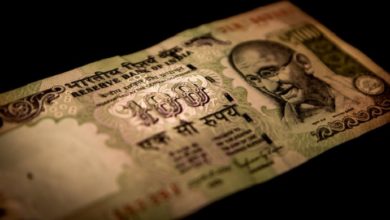
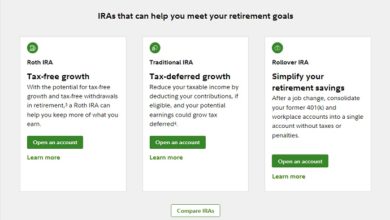

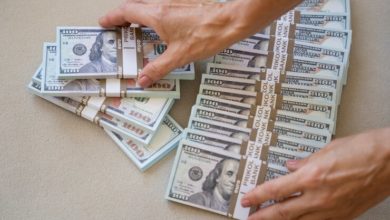
DISCLAIMER: The information provided on InvestmentTotal.com is for general informational purposes only. The content on this website is not intended to be, and should not be construed as, professional financial advice.